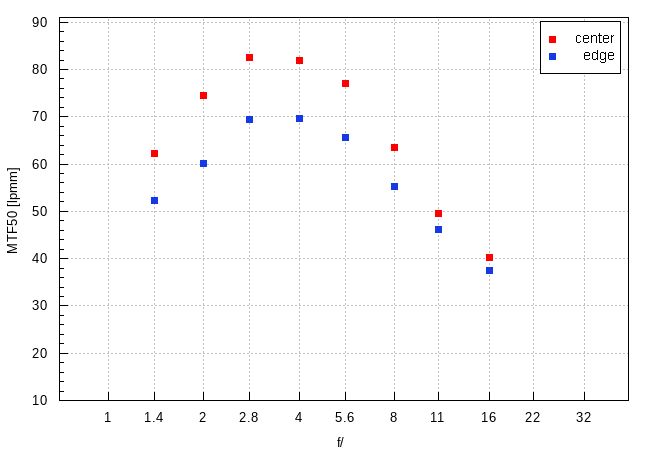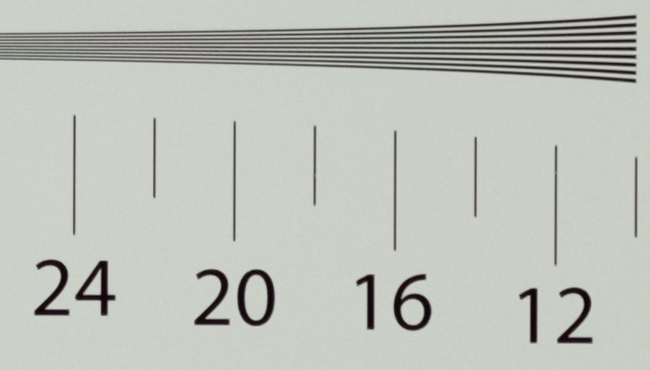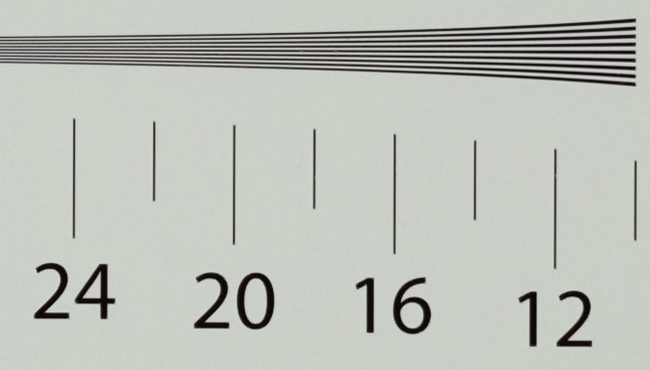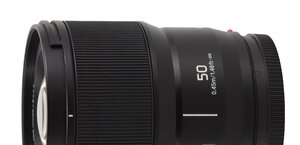Sigma C 23 mm f/1.4 DC DN
4. Image resolution
Let’s remind here that the best fixed focal length Fujifilm X lenses, tested that way, can exceed 80 lpmm and the decency level is situated near 44-45 lpmm. Record results on this sensor are near 85 lpmm and higher; so far the best resolution we measured while testing the Fujinon XF 56 mm f/1.2 R WR (92.8 ±1.1 lpmm), the Fujinon XF 18 mm f/1.4 R WR (93.5 ±0.9 lpmm), and the Viltrox 75 mm f/1.2 (99.8 ±1.2 lpmm).
Let's check now how the Sigma C 23 mm f/1.4 DC DN compares – its results in the centre and on edges of the frame presents a graph below.
Please Support UsIf you enjoy our reviews and articles, and you want us to continue our work please, support our website by donating through PayPal. The funds are going to be used for paying our editorial team, renting servers, and equipping our testing studio; only that way we will be able to continue providing you interesting content for free. |
- - - - - - - - - - - - - - - - - - - - - - - - - - - - - - - - - - - - - - - - - - - - - - - -

We definitely like these results. First, for a fast f/1.4 lens, the performance at the maximum relative aperture is good, with MTFs exceeding significantly 60 lpmm. Second, we notice a distinct improvement of image quality on stopping down the aperture - by f/2.8 and f/4.0 the lens is able to exceed an excellent level of 80 lpmm. The Sigma performs exactly like a prime quality fast prime, providing good image quality at the maximum relative aperture and also excellent resolution on stopping down.
When compared to its rivals the Sigma fares well. Its maximum results are practically the same as those of the more expensive Fujinon XF 23 mm f/1.4 R LM WR but you have to emphasize the fact that at the maximum relative aperture the brand name lens prevails. An opposite situation you can observe after comparing the Sigma to the Viltrox AF 23 mm f/1.4 XF. Here the Viltrox's maximum results are better but it is definitely weaker than the Sigma by f/1.4 and f/2.0.
In case of an instrument of this class it is very important to check the situation on the edge of the frame. After all you deal here with a fast, wide angle lens so the correction of the whole imaging area is hardly an easy task. Meanwhile the Sigma performs here exemplary well. MTFs on the edge are not much lower than these in the centre – as a result even by f/1.4 we get a result noticeably above 50 lpmm so safely higher than our decency level. Stopping down the aperture allows us to improve the resolution as it gets close to a very high value of 70 lpmm.
Here once again the maximum Sigma performance is similar to the maximum performance of the Fujinon but the last one prevails by f/1.4 and f/2.0. Both these lenses are able to knock out the Viltrox as its performace on the edge of the frame is really weak.
To sum up, in the category of resolution the Sigma C 23 mm f/1.4 DC DN didn't show any weak points, and deserves to be assessed very highly indeed – a round of applause!
At the end of this chapter, traditionally, we present crops taken from photos of our resolution testing chart which were saved as JPEG files along with RAW files used of the analysis above.
| Fujifilm X-T2, JPEG, f/1.4/td> |
 |
| Fujifilm X-T2, JPEG, f/2.8 |
 |






